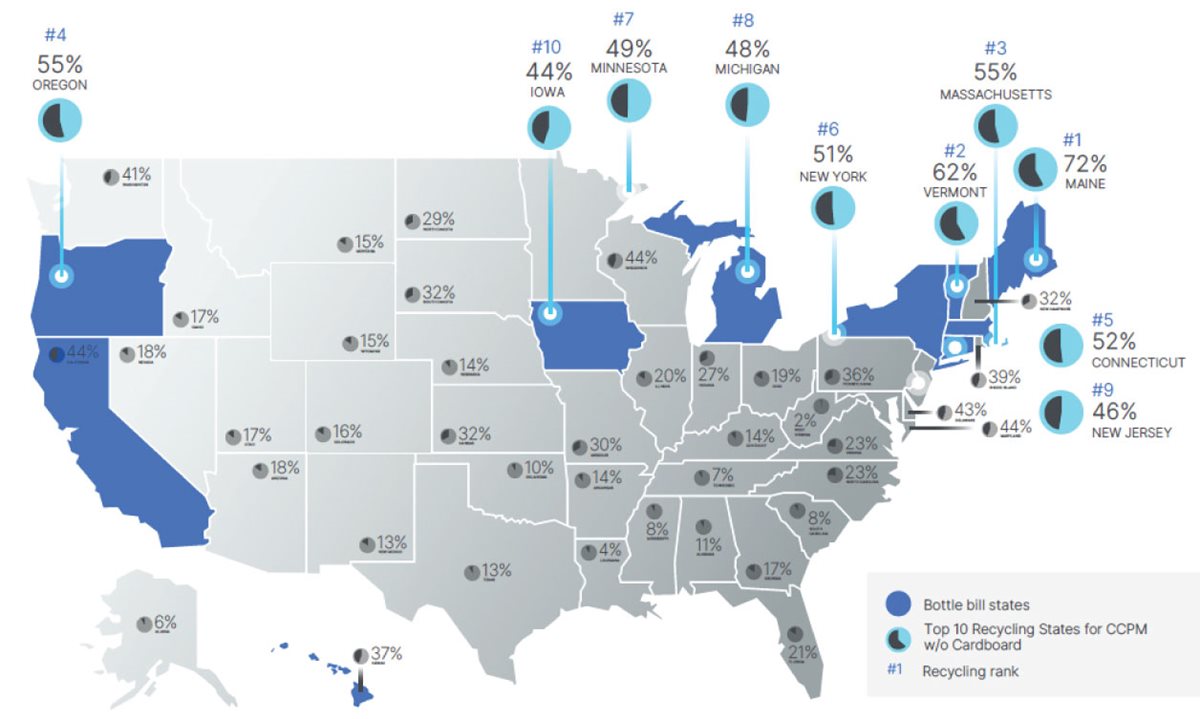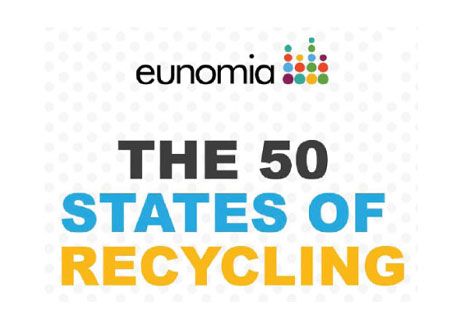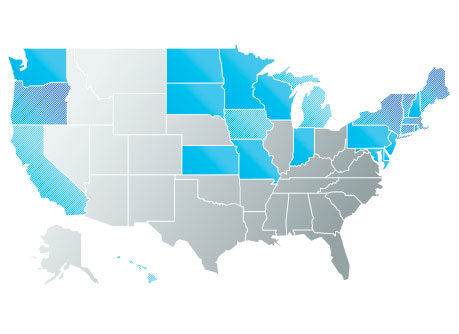
First-of-its-kind analysis provides a benchmark to inform state-by-state policy and investment decisions, while nationwide polling shows strong support for measures to improve recycling rates and advance circular economy.
Boosting Recycling Rates
We've set a target of reaching 90% Global Recycling by 2030.
In order to achieve it, we need to dramatically boost U.S. recycling rates. Good data is the foundation of smart policies that will grow our economy and reduce packaging pollution that threatens the planet.
That’s why Ball Corporation commissioned Eunomia to produce the first state-by-state comparable assessment of recycling rates for common containers and packaging materials (CCPM) in the U.S. We invite you to see how your state measures up in “The 50 States of Recycling.”

Key Takeaways: As state and federal lawmakers consider recycling legislation and infrastructure investment, it's important to understand what's working - and what's not - when it comes to recycling in our country. With good data, smart policies and infrastructure investment, the U.S. can be a leader in the global circular economy.
TODAY ONLY 25% OF U.S. WASTE IS ACTUALLY RECYCLED. BUT WE CAN AND MUST DO BETTER. BASED ON THE REPORT FINDINGS, WE KNOW:
- Not all recycling is created equal, and we should prioritize recycling of materials that have the greatest potential to reduce greenhouse gas (GHG) emissions and the highest value for creating new products.
- Collection and recycling are not synonymous, as the quantity of material collected for recycling today is often far greater than what is actually processed and recycled into new products with non-recyclable contaminants making the entire system less effective.
- Overall, the states that have more comprehensive and current recycling data along with a state-driven reporting system achieve higher recycling rates, demonstrating the importance of accurate measurement in moving the U.S. towards a more circular economy.
- Americans support stronger recycling policies and investment in recycling infrastructure.
"America’s recycling system is broken, but the good news is Americans overwhelmingly support some of the most effective solutions to reform it. If we are willing to recapitalize our antiquated recycling system by taking a fresh look at the way we create incentives, invest in adequate infrastructure and change behaviors to drive real recycling, we can lead the country toward a more circular and sustainable future."
John A. Hayes, Chairman



